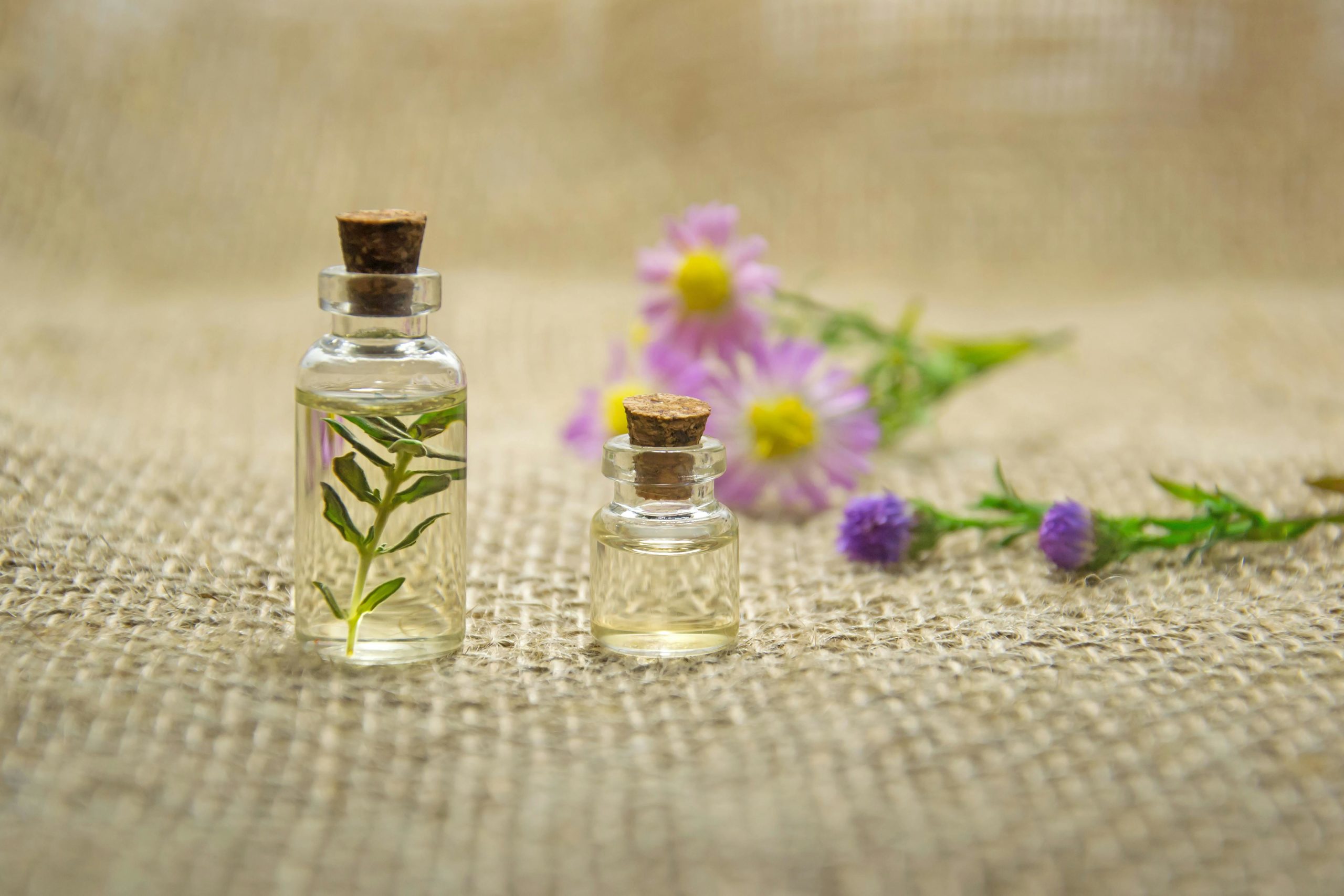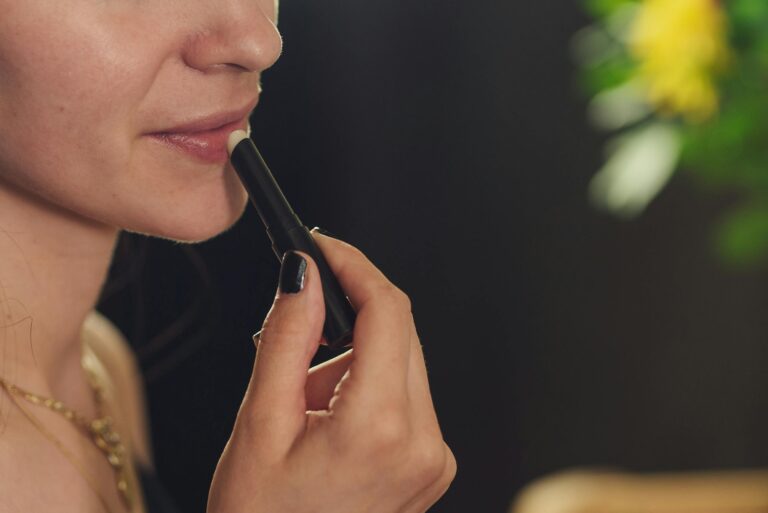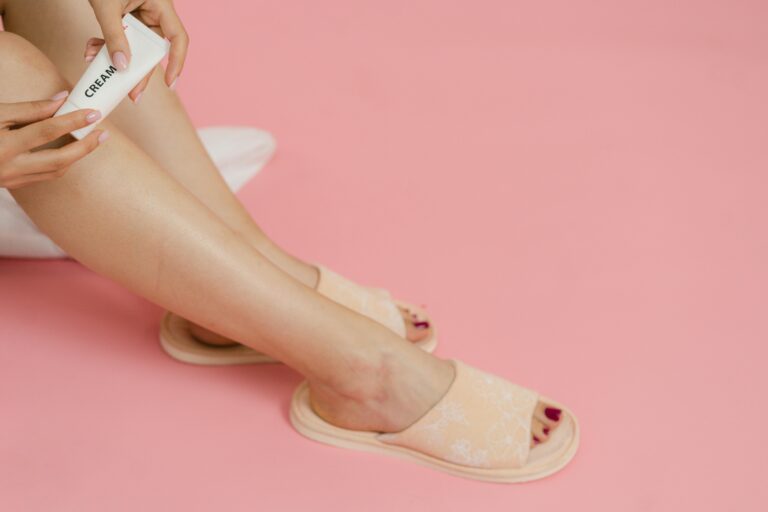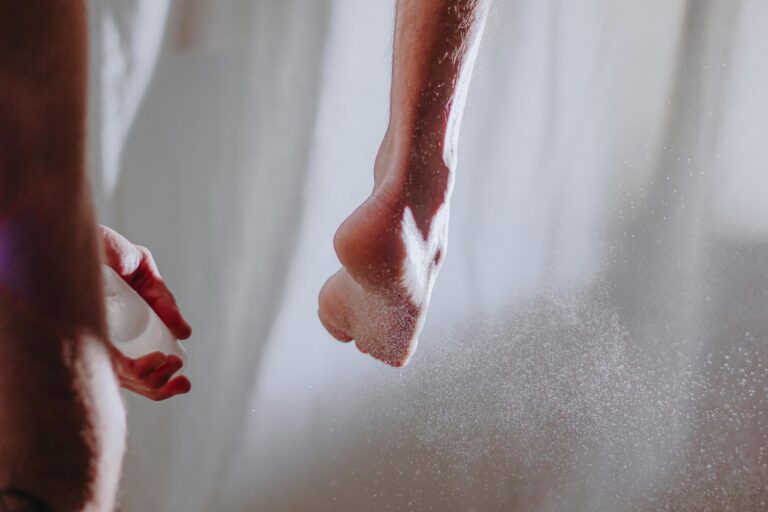In a world inundated with beauty products, the allure of do-it-yourself (DIY) beauty treatments using edible ingredients has gained popularity. The kitchen, often considered the heart of the home, transforms into a beauty haven with readily available ingredients.
In this article, we’ll explore the world of DIY beauty treatments, providing you with insights into the transformative power of edible ingredients.
1. Honey for Glowing Skin
Honey, a sweet staple in most kitchens, is a versatile ingredient that goes beyond the breakfast table. Its natural antibacterial and antioxidant properties make it an excellent addition to DIY beauty treatments, especially for achieving radiant skin.
Benefits: Honey’s humectant properties help retain moisture, making it a perfect ingredient for hydrating face masks. Mixing honey with a bit of lemon juice can create a brightening mask, while combining it with yogurt can soothe and nourish the skin. The sticky texture also serves as a gentle exfoliator, promoting cell turnover for a youthful glow.
2. Avocado for Nourished Hair
Avocado, often celebrated for its creamy texture and delicious taste, is not only a culinary delight but also a powerhouse for hair care. Rich in vitamins, minerals, and essential fatty acids, avocados can revitalize dry and damaged hair.
Benefits: Creating a DIY hair mask with mashed avocado, olive oil, and honey can deeply nourish and hydrate your hair. The natural oils in avocados penetrate the hair shaft, repairing damage and leaving your hair soft and shiny. The mask also provides a dose of antioxidants, promoting a healthy scalp and preventing hair breakage.
3. Yogurt for Acne-Prone Skin
Yogurt, a staple in many households, is not just a delightful snack but also a secret weapon against acne and blemishes. Packed with probiotics and lactic acid, yogurt can work wonders for maintaining clear and healthy skin.
Benefits: Applying yogurt as a face mask can help exfoliate dead skin cells, unclog pores, and reduce inflammation associated with acne. The probiotics in yogurt promote a balanced skin microbiome, contributing to a clearer complexion. Combining yogurt with ingredients like turmeric or honey enhances its anti-inflammatory and antibacterial properties.
4. Oats for Gentle Exfoliation
Oats, a breakfast favorite, have earned a place in DIY beauty routines for their gentle exfoliating properties. They are an excellent choice for those with sensitive skin, providing a soothing and nourishing effect.
Benefits: Ground oats mixed with water or yogurt create a mild exfoliating scrub that removes dead skin cells without causing irritation. Oats contain beta-glucans, which soothe and calm the skin, making them ideal for individuals with sensitive or inflamed skin. The natural cleansing properties of oats make them a versatile ingredient in homemade facial cleansers and masks.
5. Coconut Oil for Hydration
Coconut oil, a kitchen essential in many households, doubles as a luxurious ingredient in DIY beauty treatments. Its rich texture and moisturizing properties make it a go-to option for achieving hydrated and supple skin.
Benefits: Applying coconut oil directly to the skin can lock in moisture, making it an effective natural moisturizer. The oil’s antimicrobial properties also make it suitable for addressing various skin concerns, from dryness to mild irritation. Mixing coconut oil with sugar or coffee grounds creates an indulgent body scrub that exfoliates and hydrates simultaneously.
Conclusion
Embarking on a journey of DIY beauty treatments using edible ingredients not only taps into the simplicity of natural remedies but also encourages a sustainable and budget-friendly approach to skincare and hair care. From honey’s radiant glow to avocado’s nourishing touch, yogurt’s acne-fighting prowess to oats’ gentle exfoliation, and coconut oil’s hydrating magic, your kitchen holds a treasure trove of beauty secrets waiting to be explored.
FAQs
Q1: Can I use these DIY treatments for sensitive skin?
Yes, most of these ingredients are gentle and suitable for sensitive skin. However, it’s recommended to perform a patch test before applying any DIY treatment to ensure compatibility.
Q2: How often should I use these DIY beauty treatments?
The frequency depends on your skin or hair needs. Generally, using these treatments once or twice a week should be sufficient. Overusing certain ingredients, especially exfoliants, can lead to irritation.
Q3: Are there any precautions I should take when using these DIY treatments?
Be cautious of allergies, especially if you have known sensitivities to certain foods. Additionally, avoid applying ingredients like lemon juice on open wounds or cuts, as they can cause stinging or irritation.



